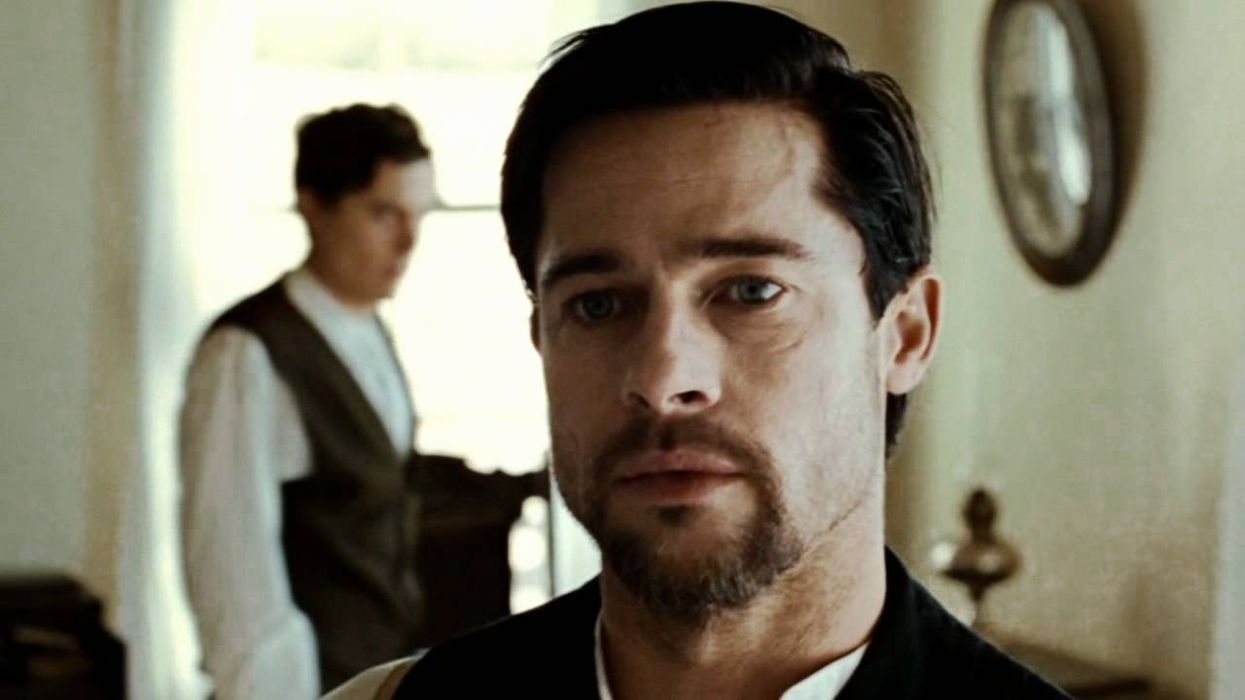Watch: Ingenious Camera Movement, Explained in One Superb Video Essay
This detailed video essay analyzes brilliant instances of camera movement.

If a picture is worth a thousand words, then a camera movement is worth three thousand. In fact, so much information and emotion can be communicated through camera movement that many top directors prefer to let their cameras, rather than their characters, speak the film's most important lines.
As all great directors and cinematographers know, the camera has agency. It can whisper, yell, stalk, cope, abandon, and decide to hide information or to reveal it. It can even wander through scenes, becoming a character unto itself.
A new video essay by CineFix breaks down dozens of brilliant uses of camera movement in contemporary and classic cinema, revealing their motivations and intended effects. From Star Trek to Soy Cuba to Reservoir Dogs, CineFix shows that, when the invisible artifice of the moving camera is suddenly unveiled, important information can be embedded within the movement.
Below, we break down Cinefix's five examples of camera movement types.
Slow push in
In a scene from The Assassination of Jesse James, the camera creeps slightly closer. It says, "Look harder—there's something to see here below the surface." CineFix points out that the movements here are more than the sum of their parts: by pushing in to Casey Affleck's character and Brad Pitt's, we are forced to notice the tension—and backstory—between them.
Creep out
When the camera creeps away from a character, it shows them isolated, swallowed by the large world around them. In 20th Century Women, a son leaves the house, and the camera slowly creeps away from his mother, abandoning her, just like he does. "It turns what might be a banal, everyday scene into a micro-drama of significant depth," writes Cinefix.
When the camera turns away, it is averting its eyes, choosing to spare us from seeing something we're led to believe is coming.
Turning away
When the camera turns away, it is averting its eyes, choosing to spare us from seeing something we're led to believe is coming. One of the most famous examples of this move is the so-called "ear scene" in Reservoir Dogs, where the camera dramatically turns away, sparing us from witnessing the violent mutilation of a man's ear. But as Cinefix points out, this moment actually takes its inspiration from a scene in a little-known Hitchcock film, Marnie. Hitchcock visually primes us for a horrific rape by showing confrontational and direct shots of the perpetrator and victim. But, suddenly, the camera unlodges, floating away to a more peaceful shot out the window. In this moment, the camera is giving us—and the victim—a coping mechanism. It takes us to a better place until the horror passes.
Distracted camera
The camera has the most agency when it wanders, losing focus on the main plot and action in favor of exploring another part of the world. This is usually an unmotivated action, as it is in Michelangelo Antonioni's The Passenger; just after a lone character screams into the abyss of an isolated desert, the camera becomes its own character and begins to wander the landscape, visiting sand dunes and speaking to the loneliness of the scene.
Sudden movement
As Cinefix notes, a sudden camera movement is telling us, "Oh, shit, something just happened!" Whether a fast dolly rushing in or a quick, unexpected Dutch tilt, a brisk camera movement is meant to jolt the audience to attention. In Cinefix's example, The Candidate, a serious conversation is shot in two reverse shots. But when one character utters a game-changing line, the camera slides all the way across the line of action, completely inverting each character's position on the screen, and disorienting the viewer. By creating an extreme visual disruption in the middle of a regular scene, the director wants us to know that something in the story has radically changed.











